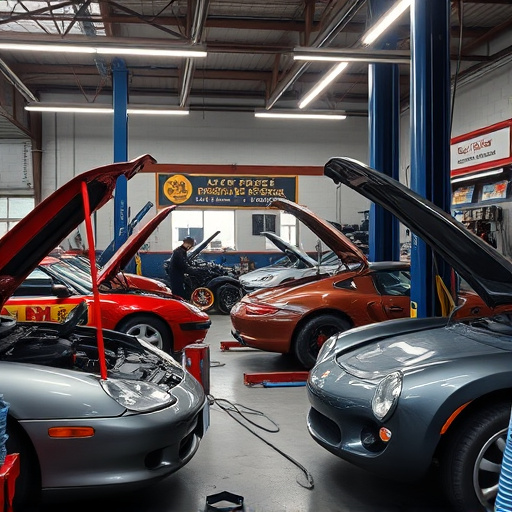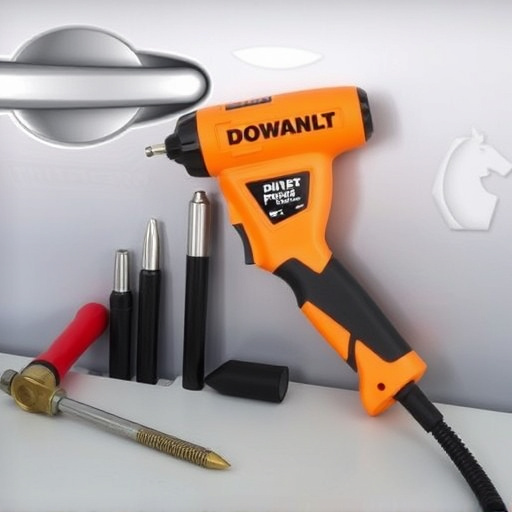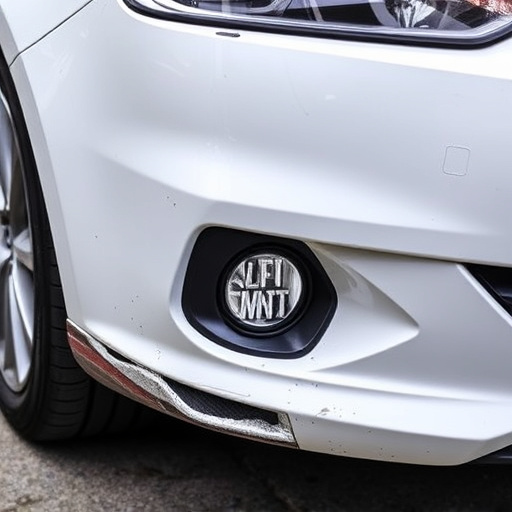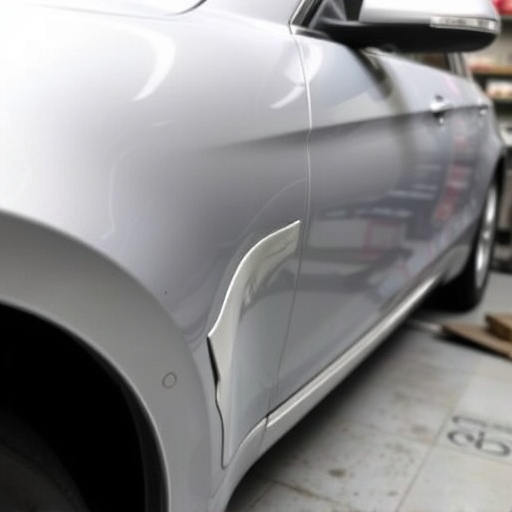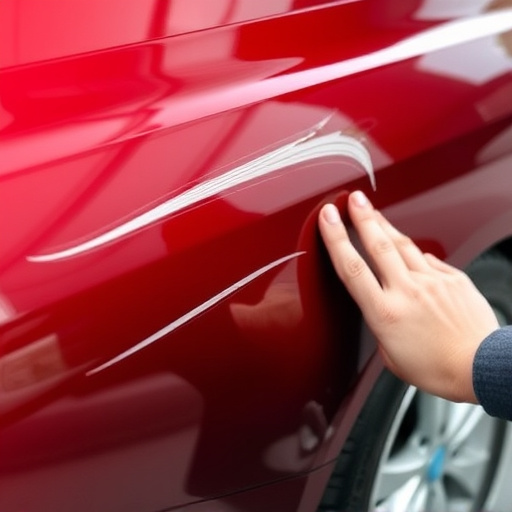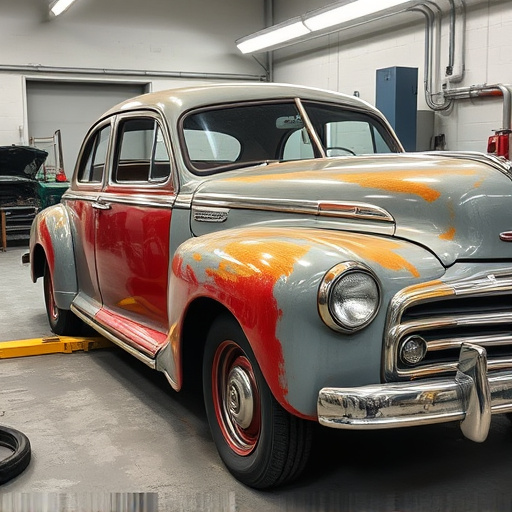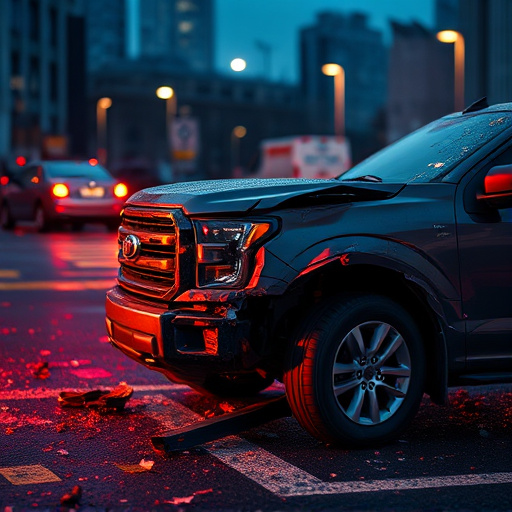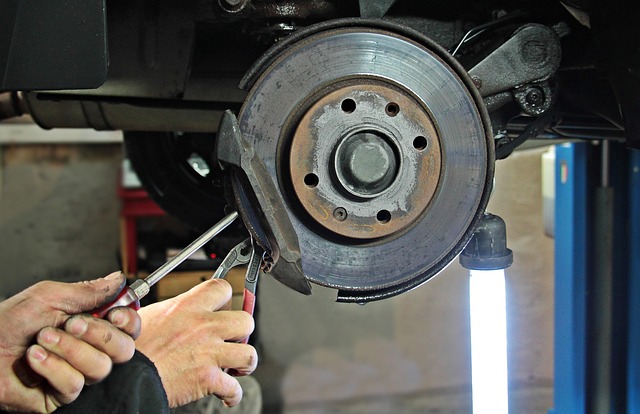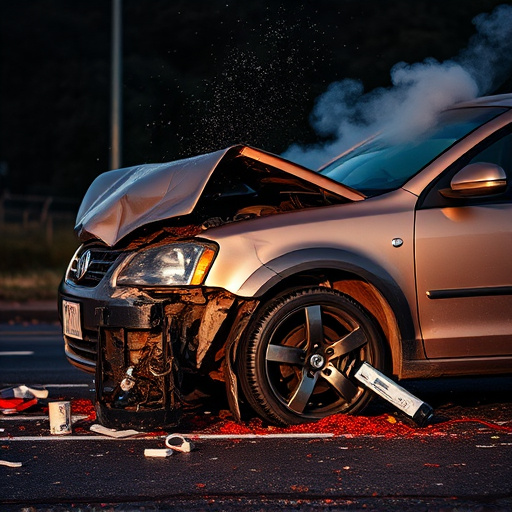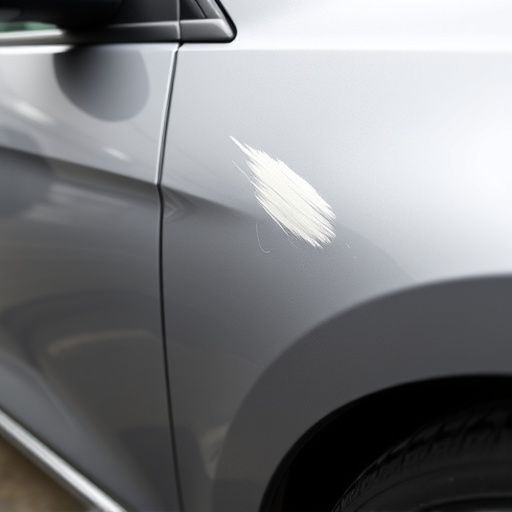Post-accident repair begins with a thorough assessment of damage, followed by a detailed estimate. Advanced techniques and specialized tools restore vehicles to pre-accident condition, but realistic expectations are crucial as repairs can vary based on severity, part availability, and skill. Bring essential documents and photos, and trust a competent team for safe and accurate repairs.
After a car accident, navigating post-accident repairs can be overwhelming. This article is your guide to understanding the process, preparing for your appointment, and setting realistic expectations. We’ll break down each step, from assessing damage to choosing a repair shop and managing insurance claims. By knowing what to expect, you’ll feel more confident and in control during this challenging time. Bring along essential documents and be prepared for potential delays as we demystify the post-accident repair journey.
- Understanding Post-Accident Repair Process
- What to Bring to Your Appointment
- Expectation vs. Reality: A Realistic View
Understanding Post-Accident Repair Process
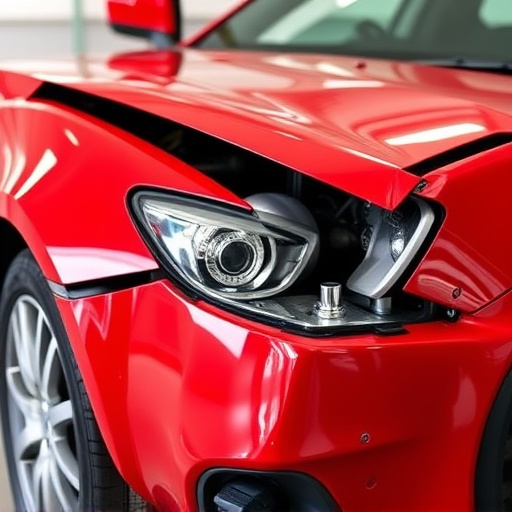
When you’re facing a post-accident repair appointment, understanding what to expect is crucial. The process typically begins with an initial assessment of your vehicle’s damage, often following a fender bender or car damage incident. During this stage, a professional auto body repair technician will closely examine every aspect of the harm, from minor dents and scratches to more significant structural issues. They’ll document the findings for accuracy and to ensure all repairs are accounted for.
Once the evaluation is complete, the technician will provide you with an estimate outlining the cost of each recommended fix. This transparency allows you to comprehend the extent of work required, enabling informed decisions. From there, the repair process kicks into gear, combining advanced techniques and specialized tools to restore your vehicle’s pre-accident condition or as close to it as possible. Whether dealing with a simple dent removal or complex auto body repair, understanding these steps guarantees you’re prepared for each phase of the journey towards getting your car back on the road safely.
What to Bring to Your Appointment
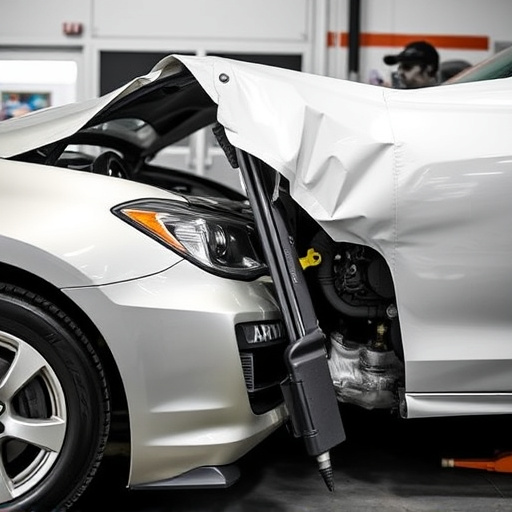
When heading to a post-accident repair appointment at a collision center or car body shop, it’s wise to come prepared. First off, bring all relevant insurance information and any documentation related to the incident. These documents will help streamline the claims process. Additionally, pack your vehicle’s registration and proof of insurance, as these are typically required by law and the car restoration experts for record-keeping purposes.
Furthermore, consider taking photos of the damage from various angles before leaving the scene, as this visual evidence can be invaluable during repairs. Don’t forget to also bring any special tools or equipment that might be specific to your vehicle, such as a spare tire or car owner’s manual. These items will assist the technicians in accurately assessing and repairing your car, ensuring it returns to its pre-accident condition at the best car body shop.
Expectation vs. Reality: A Realistic View

When it comes to post-accident repairs, many drivers have certain expectations based on what they’ve seen or heard from others. However, the reality often differs from these preconceived notions. It’s essential to approach these appointments with a realistic mindset, understanding that every vehicle and repair process is unique.
While you might hope for a seamless restoration of your car to its pre-accident condition, especially if it’s a luxury vehicle or beloved classic, collision damage repair can be more complex. Factors like the severity of the accident, availability of parts, and skill of the technicians can influence the outcome. Car scratch repair, though desirable, might not always result in a completely invisible fix. Expect a dedicated team to assess, quote, and work on your vehicle, ensuring it meets safety standards before you drive away—and accept that some surprises may arise along the way.
When it comes to post-accident repairs, being informed and prepared can significantly ease the stress of an otherwise daunting process. Understanding the steps involved, knowing what documents to bring, and setting realistic expectations are key to navigating this journey successfully. By familiarizing yourself with these aspects, you’ll be better equipped to communicate effectively with repair professionals, ensuring your vehicle returns to its pre-accident condition efficiently. Remember, staying proactive is a crucial step in achieving timely and quality post-accident repairs.
